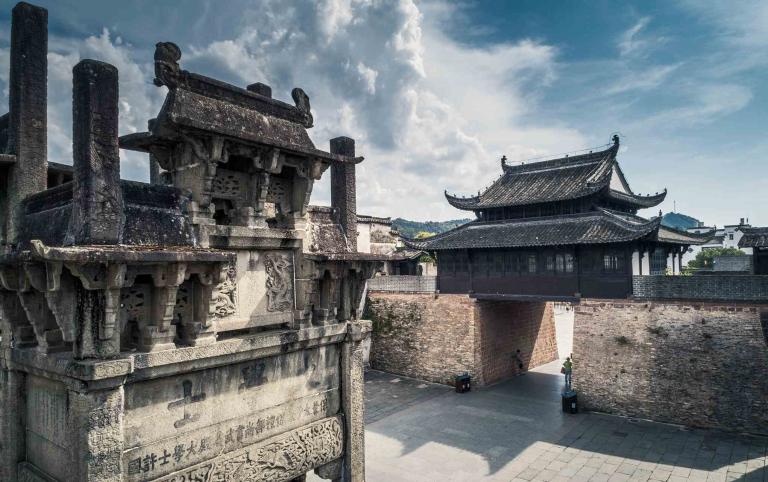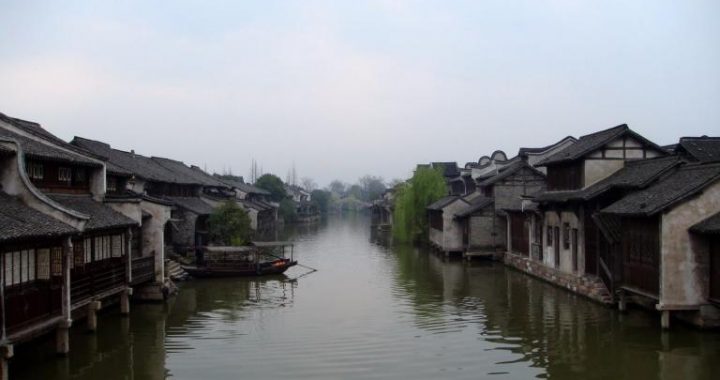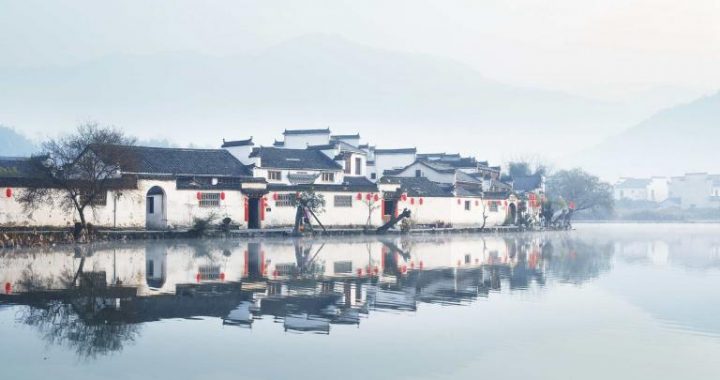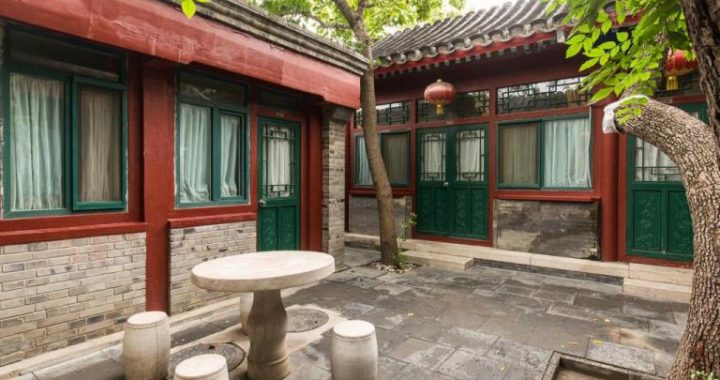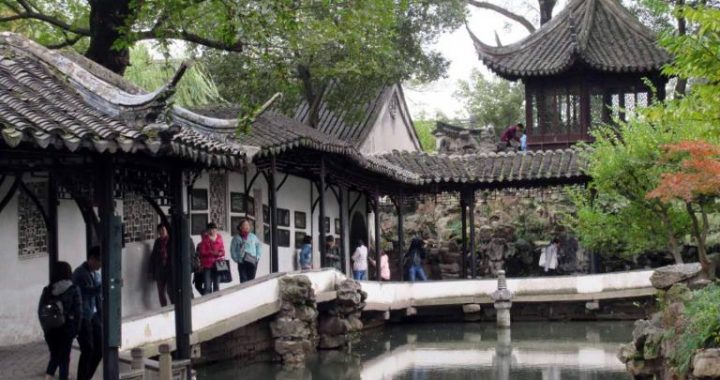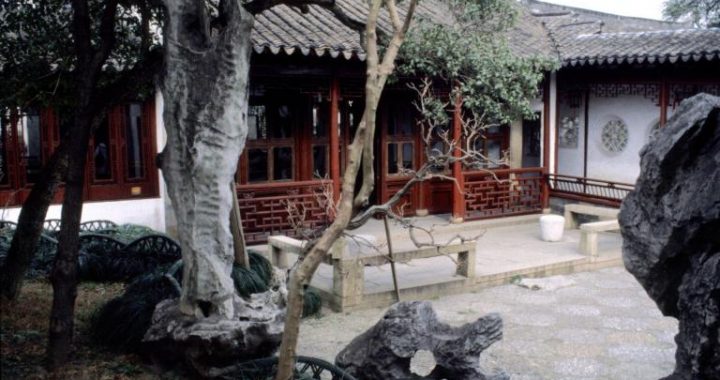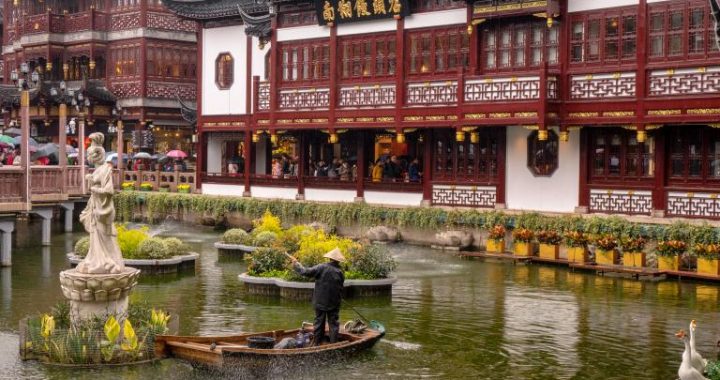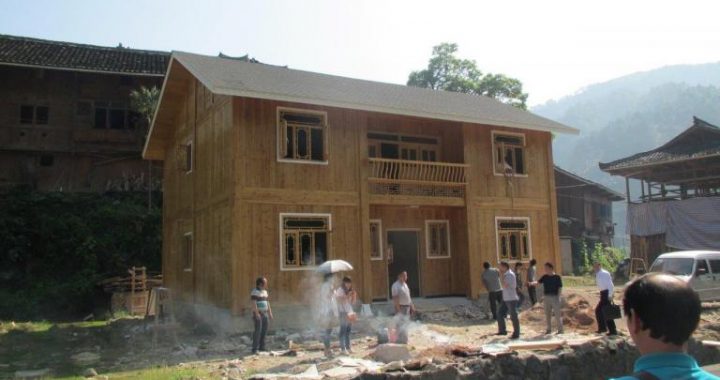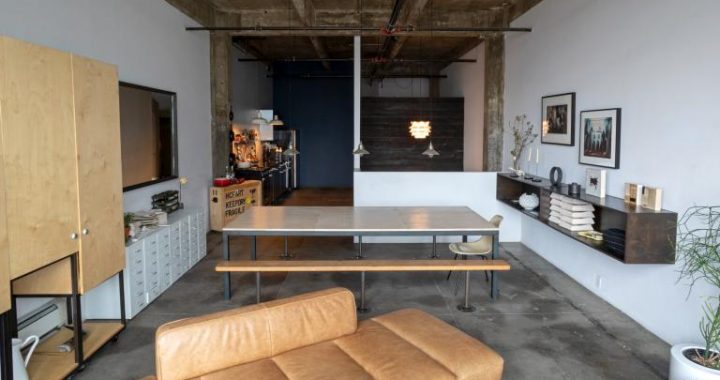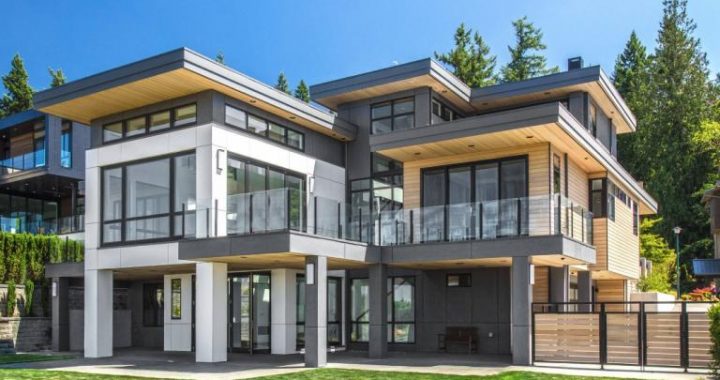Huizhou Dwellings in ancient China
3 min readHuizhou is famous for beautiful villages of civilian residents near mountains and rivers. In the Ming and Qing dynasties, feng shui was one of the issues that Huizhou society was most concerned about. In the eyes of Huizhou people,”lucky places must have water”and “polling water was like pooling wealth,”so there must be a stream in every village and the “water inlet”was critical to the whole village’s feng shui, bearing on the prosperity of families, people and wealth. Apart from a forest,a symbolic building must be built on the cover of the water inlet to lock the pass,e.g. the road pavilion in Tangmo, the memorial archway in Xiuning and the tower in Bishan, Yi County. In Tangyue, She County, there are even seven stone archways publicizing the deeds of filial sons, kindhearted people and virtuous women on the main road at the village entrance with great momentum(the memorial archways were built according to imperial orders or by villagers to glorify families or publicize feudal morals through the deeds of filial sons and virtuous women and educate later generations).
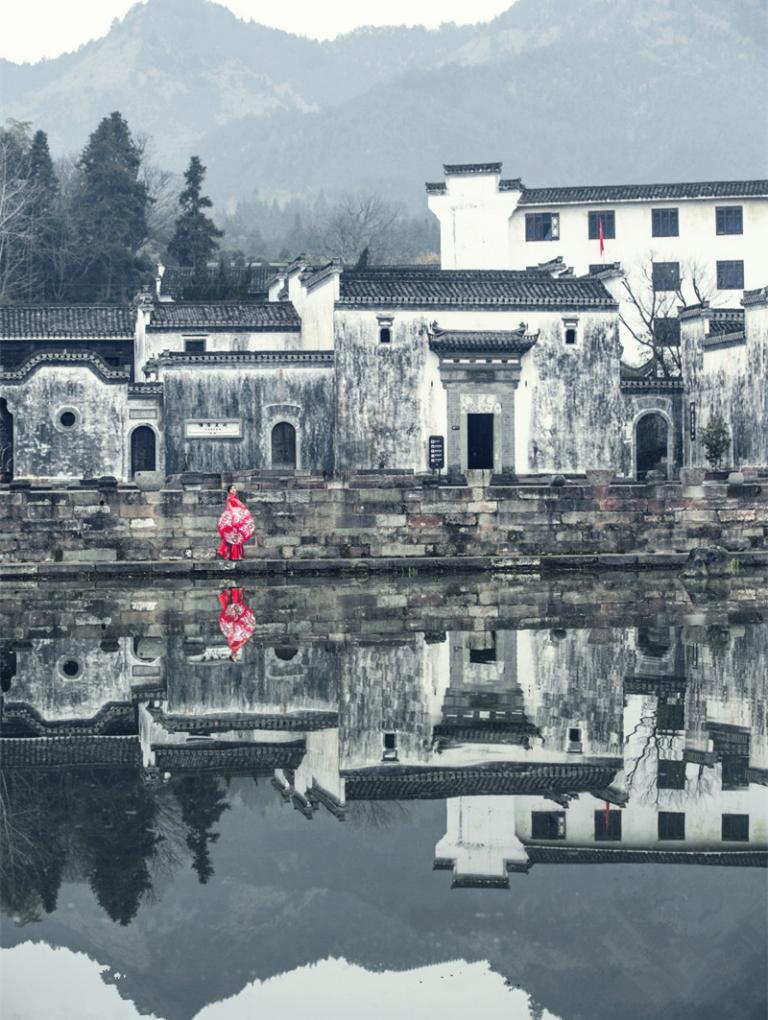
Hong Village, Yi County, Anhui is called “village in Chinese paintings.”Its street styles, ancient buildings, decorations and civilian residences with a complete water supply system are all very peculiar cultura Huizhou is one of the areas where the clan system is very prevalent, and people with the same surname live together. Through offering sacrifices in ancestral halls and conducting other clan activities, clan members are firmly united under the memorial tablet of the same ancestor, forming organizations with close blood relationships. Children all build residences around ancestral halls.
The typical residential dwelling of Huizhou employs the layout of a courtyard house. This building structure is popular in the regions of Jiangsu, Zhejiang, Anhui, and Jiangxi. Generally, when one enters the main gate, he is greeted by a courtyard, which forms the center of the residence. All the roomson the four sides of the courtyard drain water towards the courtyard. This is symbolic in the sense that money, which is symbolized by water, will not flow out of the house. Next, one will see a partly open main hall, flanked by siderooms. Behind the main hall are the staircase and the kitchen. The staircase can also be set in the space between the main hall and the side room.
Connected by a corridor, the layout of the second level is exactly the same as the ground level. The residence is surrounded by closed high walls with no windows, but whitewashed walls and black tiles varying in height and combining reality and imagination form a unique style.
Huizhou is populated with merchants. The richly ornamented courtyards of the wealthy merchants were also used for displaying the power and wealth of the owners. In fact, residences in Huizhou are well known for their wood, brick and stone carvings. In order to prevent fire from spreading into their own compounds, the people in Huizhou built high walls in their compounds for the purpose of blocking fire. They were quite practical, but later gradually became special decorations such as horse head walls, bow walls and cloud walls. The undulating walls of the houses in Huizhou exemplify the uniqueness of the residences themselves.
